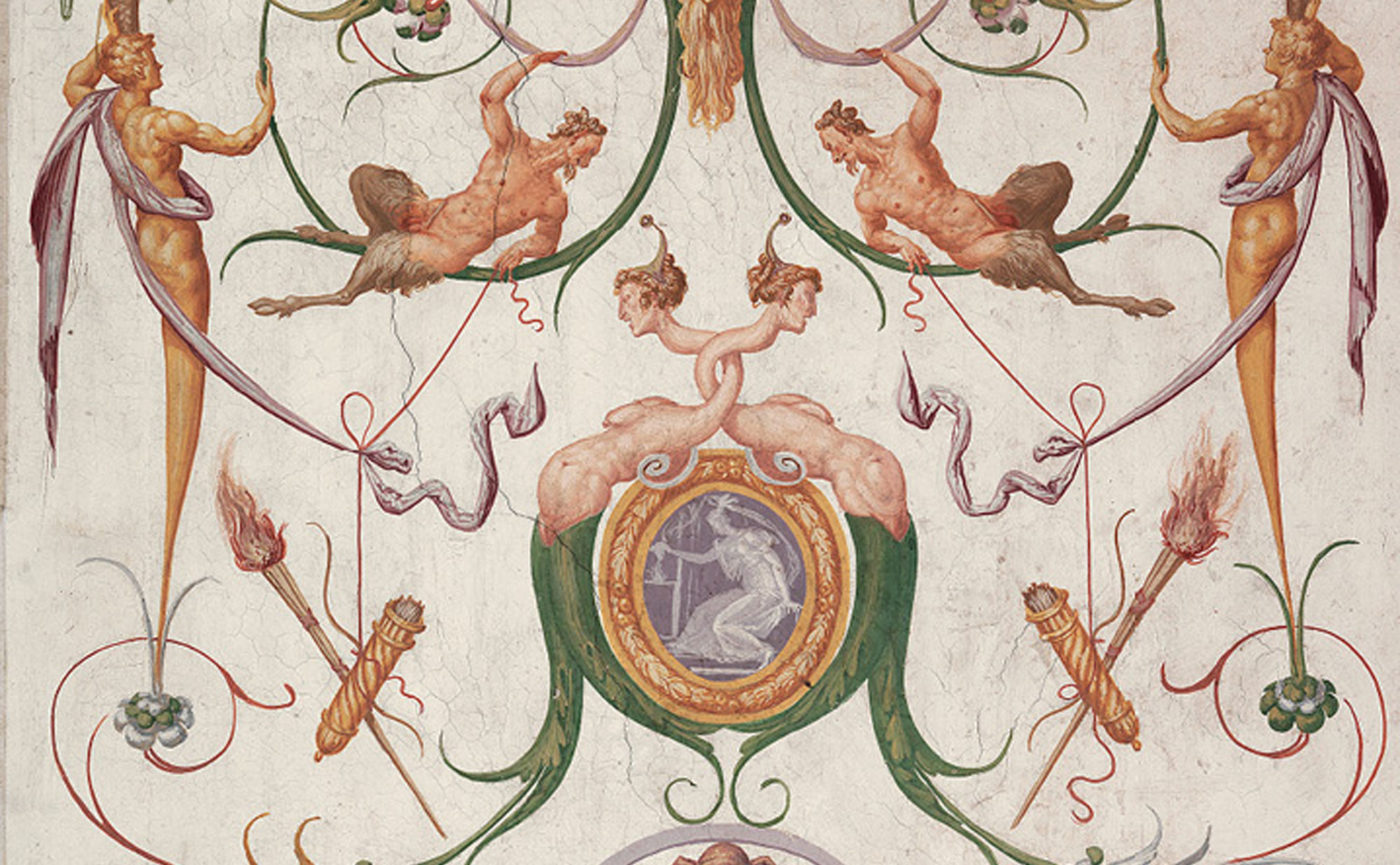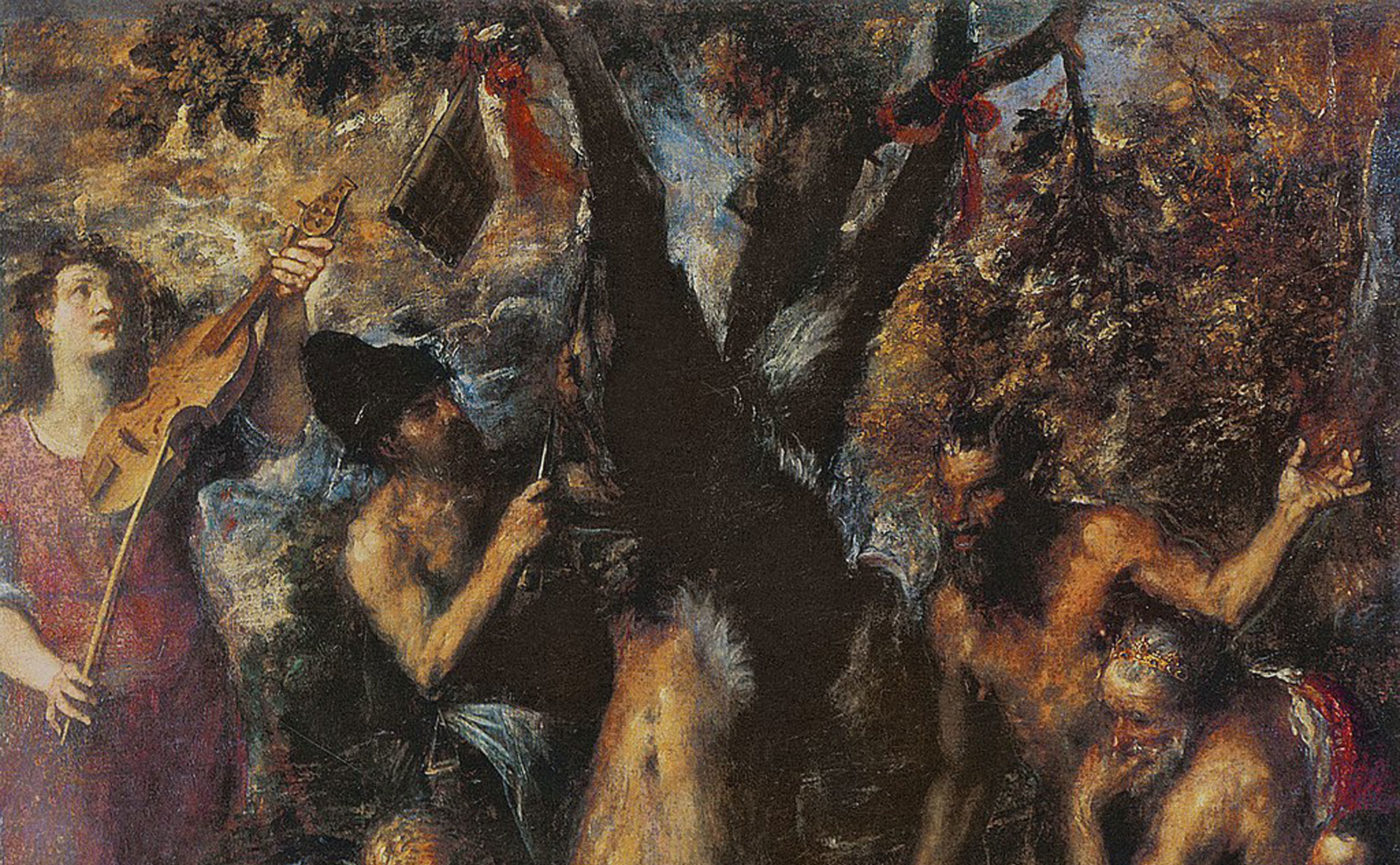Giovan Battista Zelotti, Allegory of Libra (particolre), Villa Emo in Fanzolo, dressing room of the grotesques, c. 1565. When the dungeons (caves) of Nero’s Domus Aurea were found in Rome around 1480, the effect on the painters of the time, and Raphael in particular, was a harbinger of unstoppable changes for the future visual alphabet. Those caves had, in fact, wall decorations which combined arboreal and floral elements with animal or human presences, often giving rise to beings of […]



